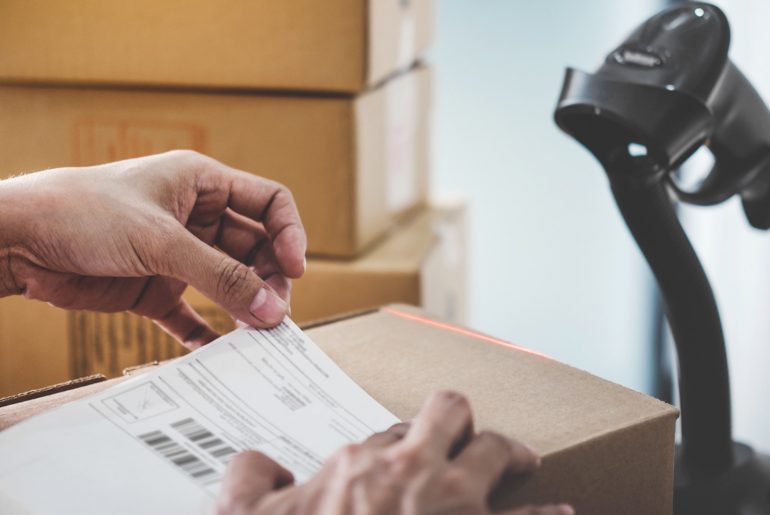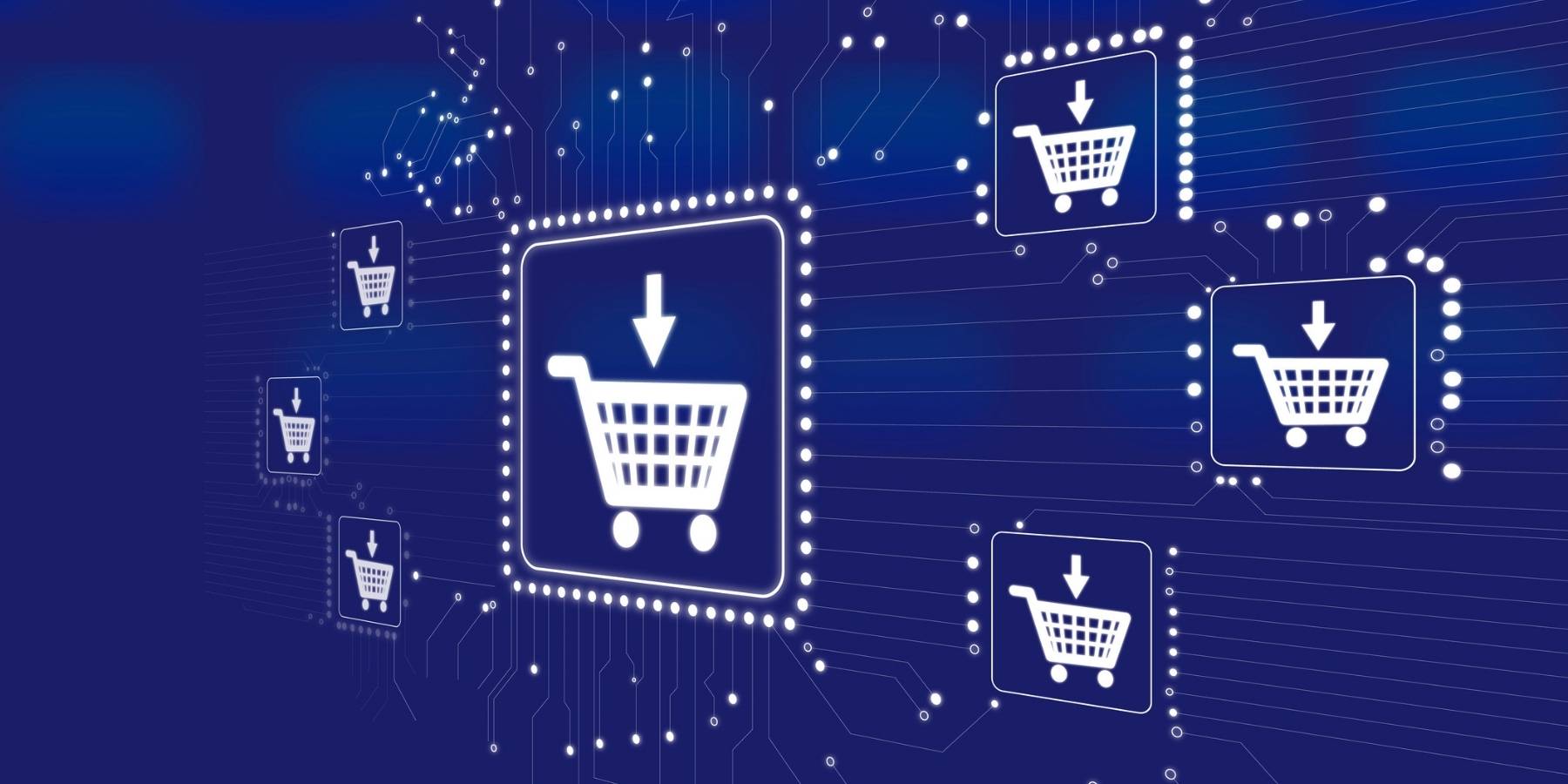B2B eCommerce is on the Rise for Companies of all Sizes
From the housing market to diamonds, millennials are frequently accused of “killing” businesses. But in reality, everyone’s favorite scapegoat generation is driving one of the biggest growth opportunities: B2B eCommerce.
eCommerce is frequently viewed as a B2C phenomenon, but B2B eCommerce is growing exponentially. In a report by Frost and Sullivan, they predicted global business-to-business (B2B) eCommerce sales will reach over $6.6 trillion by next year, more than double what they’re estimating for B2C eCommerce.
So who can we blame – err thank – for this rapid transformation in B2B sales? That’s right – millennials. When they’re not brunching on avocado toast or taking a selfie, they’re assuming roles that give them more purchasing power in B2B transactions.
(In full transparency, the author is a millennial. He can honestly say he’s never ordered avocado toast, and in general, finds the gross generalizations of his generation to be amusing.)
The Millennial Effect on B2B Purchasing and eCommerce
The average B2B customer is changing. In 2015, Google found that nearly half of the people researching B2B purchases were millennials. Four years later, we’re starting to see the impact this generation has on B2B eCommerce.
Gen Xers and buyers in previous generations didn’t have a problem picking up the phone and talking to a dedicated sales rep. However, millennials would rather use a digital channel instead.
The millennial generation aren’t just changing the buying process, they’re also transforming B2B sales operations. Millennial account executives utilize digital tools more readily than their predecessors and are increasingly relying on digital commerce channels to reach their targets.
Because the Millennial generation grew up with technology, they aren’t afraid to use it and readily embrace digital commerce. As millennials transform the B2B buying processes, companies need to develop comprehensive eCommerce plans to stay competitive.
How B2B Companies Can Drive eCommerce Sales
To capitalize on this millennial impact on B2B eCommerce, companies need to closely evaluate their digital strategy by asking three key questions:
- Are we using the right platform?
- How convenient are we?
- Can we deliver quickly?
Picking the Right Platform
Buyers expect B2B eCommerce purchases to be as easy as B2C transactions. Ensuring your process is as smooth as possible means investing in the right platform. According to BigCommerce research, B2B companies will need some of all of these features in an eCommerce platform to attract more digitally savvy buyers:
- Credit limits
- Quoting
- Price list
- Purchase orders
- Quick order forms
- Purchasing approvals
- Financing
- Bulk pricing
Companies need modern ecommerce systems that respond to changes in technology and customer trends. Antiquated systems are hard to maintain.
Prioritizing Convenience for B2B eCommerce
In the world of eCommerce, more convenience goes hand in hand with better efficiency. Unlike previous generations, Millennials have access to automation tools that reduce the amount of “busywork” they have to do day-to-day.
One prime example is the rise of online marketplaces for B2B buyers.
According to Forbes, an online marketplace is a “website or app that facilitates shopping from many different sources.” In layman’s terms, that means it’s a one-stop-shop for whatever you need.
The operator of the marketplace usually presents product or service information provided by multiple third parties in one location. This information is then used to facilitate a relationship or transaction with a buyer, which is processed through the marketplace operator.
Gartner predicts B2B eCommerce will explode as more procurement departments adapt to these online marketplaces because of the wide variety of products or services they offer businesses.
By utilizing consolidated tools like a marketplace, B2B buyers no longer have to spend loads of time doing research on their own. They can also save time otherwise spent on setting up accounts with multiple vendors.
B2B marketplaces are thriving thanks to automation. Many procurement softwares are building integrations that automatically include search results from marketplaces.
Millennials are used to searching for what they need in the Amazon app and adding it to their cart. The order may come from several different sellers, but what they care about is that they found it quickly and checked out instantly with saved payment information. Procurement marketplace integrations are making the same experience possible for B2B transactions.
For vendors, establishing a relationship with a customer and getting set up in their procurement system can be a lengthy process. Marketplaces can automate that experience allowing vendors to sell to new B2B customers without the legwork.
Fast Delivery
Thanks to Amazon, even B2B buyers expect fast delivery. Many B2B buyers now expect next or same-day delivery. Shipping may become the deciding factor when buyers are researching a B2B purchase.
Companies will need to ensure they have a fast and efficient fulfillment process as well as the right shipping options. We recently joined forces with BigCommerce and some of our other partners to produce an ebook on B2B eCommerce best practices. Be sure to request a copy here.
In the meantime, here are a few of our key insights on how to implement the best B2B eCommerce shipping strategy:
- Be Transparent with Pricing – Half of shoppers abandon their carts when their order does not qualify for free shipping. Be upfront about shipping costs from the moment someone clicks on your website.
- Offer Multiple Shipping Options – One size doesn’t fit all. B2B buyers are looking for the same fast shipping options they get from B2C merchants. They don’t want to wait two weeks for their order. We’ve made offering multiple options even easier with the debut of the ShipperHQ Marketplace. You can quickly add and manage carrier services to match you needs, including both cross-border and LTL options.
- Tailor Options to Specific Customers, Products and Orders – You likely already have specific shipping arranges with different customers, but when you make the switch to eCommerce consider shipping options for individual products and orders. For example, you don’t want to show LTL freight for a small 8lbs package. A platform like ShipperHQ can help you implement different shipping rules per product type.
- Prioritize Post Order Transparency – Let people know when to expect their order and communicate updates throughout the entire shipping process.
Prepare for the B2B eCommerce Revolution
eCommerce represents a huge opportunity for B2B companies. Companies that do not invest in the right people, process and platforms will have a hard time staying competitive as more and more B2B purchases move to digital channels.
The good news is there is already a roadmap for success.
Buyers are bringing more and more expectations from B2C online retail to B2B eCommerce. B2B companies should look at what leaders in the consumer retail space are doing and implement systems to deliver the best digital and omnichannel experiences.
If you need help improving your B2B ecommerce shipping strategy, sign up for a free 30-day trial of ShipperHQ.






